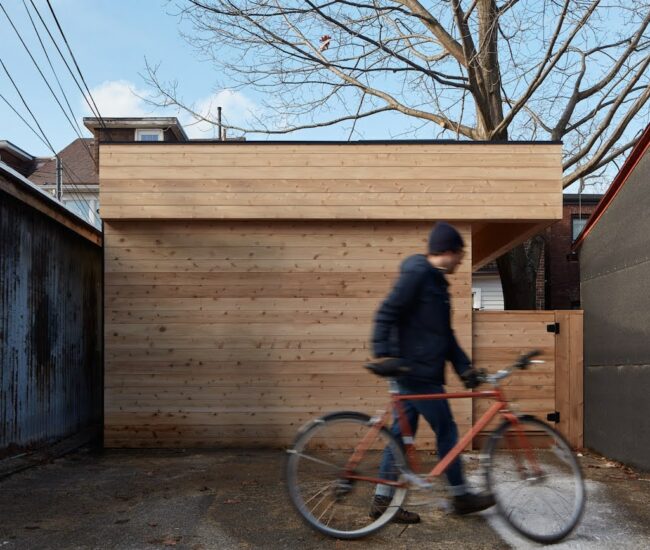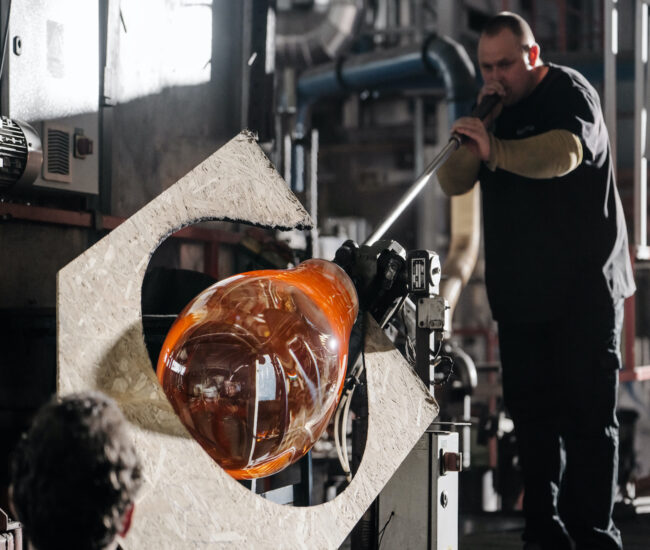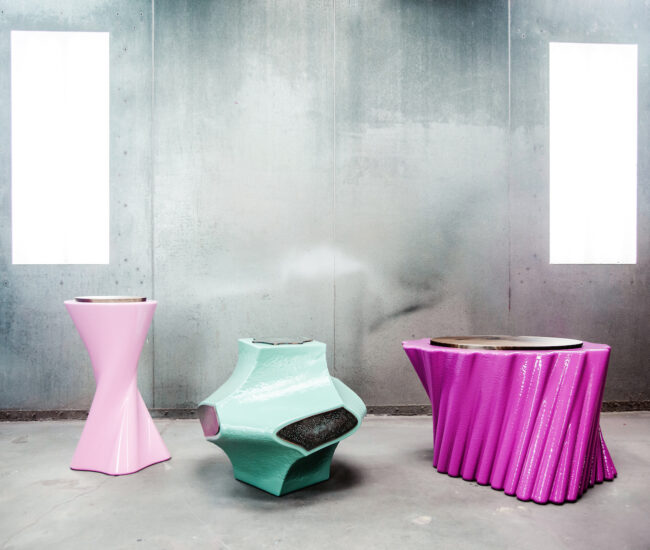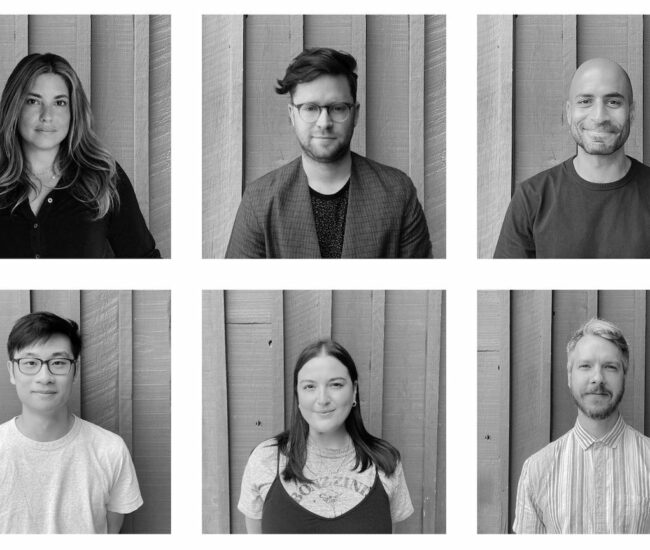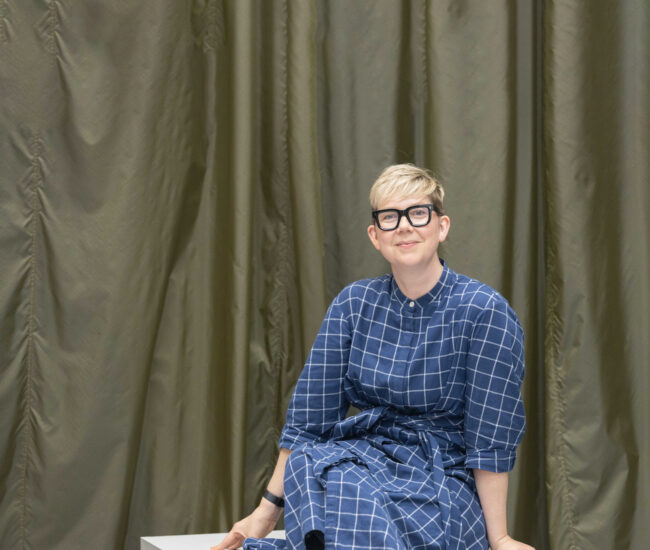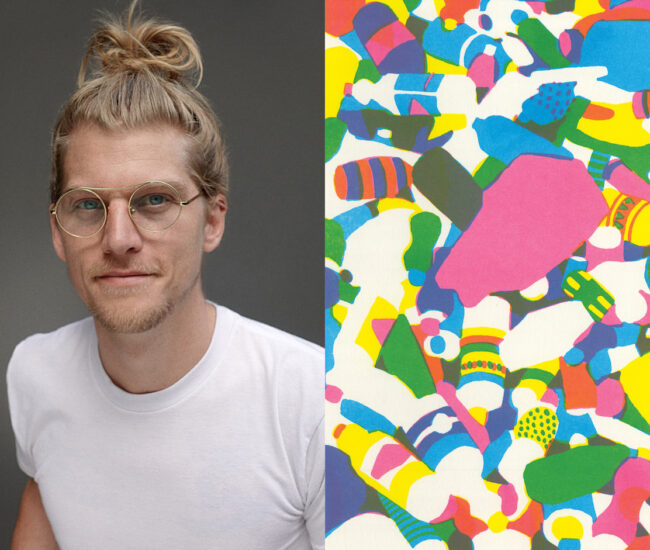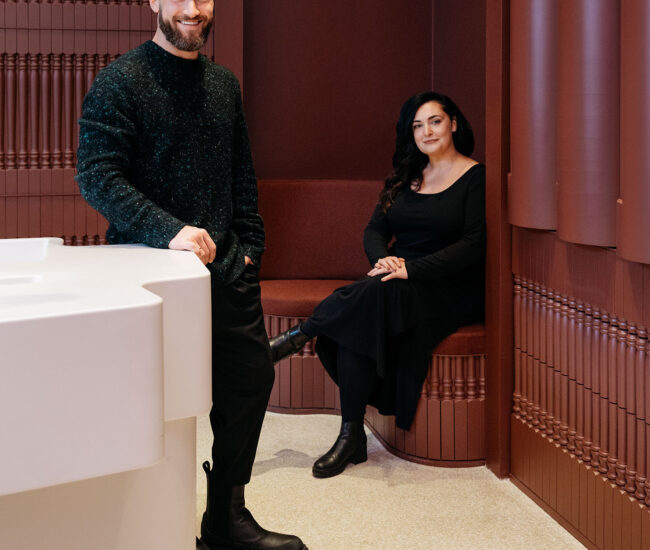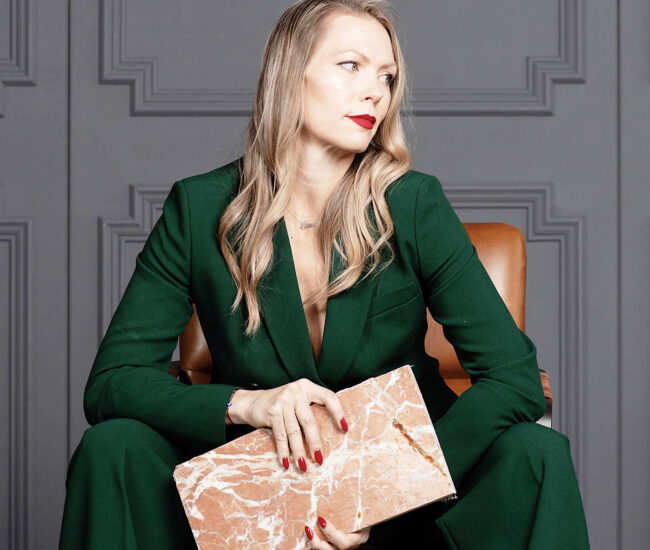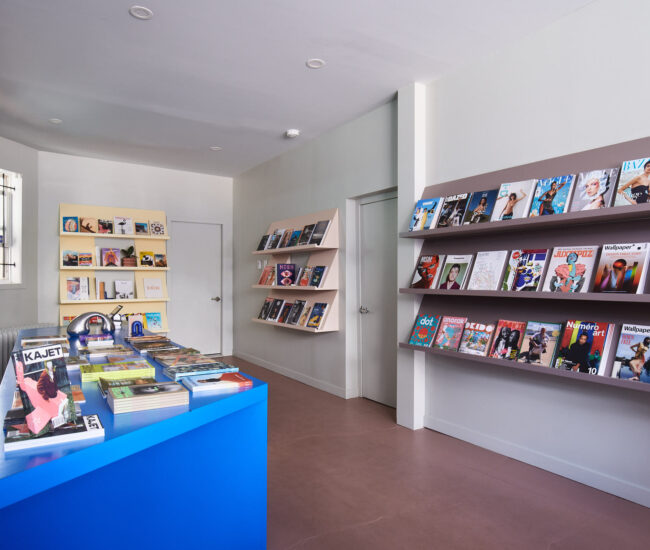Q&A: Douglas Coupland on The Lego Movie, Bromances and More
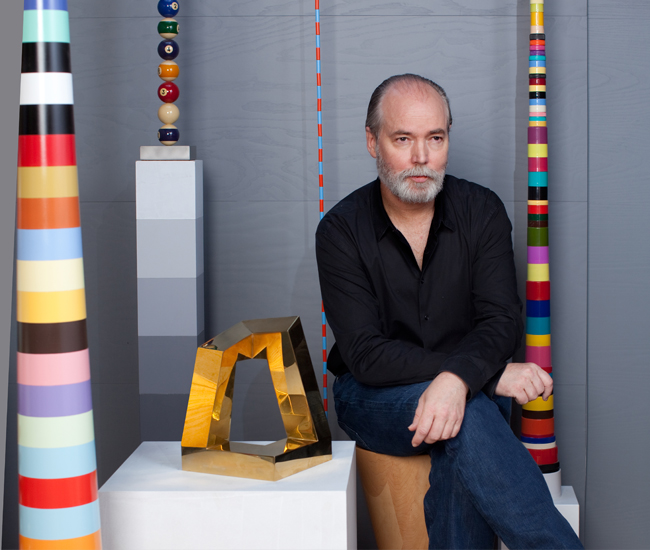
The celebrated Canadian artist discusses everywhere is anywhere is anything is everything, on now at the ROM and MoCCA
Canadian artist-slash-author Douglas Coupland has shaped a significant portion of Toronto’s urban environment with playful public art installations that speak to our national identity. At the corner of Bathurst and Fleet Streets, two oversized toy soldier sculptures commemorate the War of 1812. In North York, a quartet of candy-coloured spires inspired by Laurentian pencil crayons energize Elad Canada’s Emerald City development. And next to the Gardiner Expressway, Canoe Landing Park is filled with sculptures of Canadian symbols like fishing bobbers and beaver dams.
Add three Toronto gallery shows and a department store lobby installation to the mix, and it becomes official: this February, Douglas Coupland has completed his takeover of Toronto. Not that we’re complaining. Everywhere is anywhere is anything is everything, a two-part retrospective on concurrently at the Royal Ontario Museum and Museum of Contemporary Canadian Art, is fantastic. Originally shown at the Vancouver Art Gallery last summer, the show combines clusters of surveillance devices, wallpaper covered in QR codes and towers built out of Lego to playfully capture Canadians’ struggles with the absurdities of modern life.
Also on display throughout the city this winter: Gumhead, a sculpture stationed inside Holt Renfrew Men that invites visitors to stick gum to a giant replica of Coupland’s head, and Our Modern World, a collection of the artist’s latest work, being shown at Daniel Faria Gallery.
After touring his retrospective at the ROM and MoCCA, we caught up with Coupland to talk Canuck culture, smartphone usage and Oscar-snubbed movies about plastic toy bricks.

Q: In National Pantry, on display at MoCCA, you collect markers of Canadian culture that range from the obvious, like a Wayne Gretzky thermos and an Eaton’s catalogue, to the obscure, like specific instant noodle packages. What is the one thing featured in the display that you were the most surprised to discover is not familiar to people outside of Canada?
A: The vinegar bottle. I still remember asking for it in Seattle in the early ’70s and getting a blank stare.
Q: Do you think we are becoming less or more aware of Canadian cultural icons now that we’re so much more aware of the rest of the world?
A: When I started looking at Canadian-ness in 2000, it was incredibly uncool and people made fun of if. That shows you how remote Canadian identity had become from people. But around 2000, Canada and the U.S. (in particular) began to culturally diverge at an astonishing clip, and exploration in modern forms of identity was on everyone’s mind.

Q: Growing Up Utopian, also at MoCCA, is made entirely out of Lego. Did you see last year’s Lego movie?
A: I saw the first half and then fell jet-lagged asleep in the hotel room and apparently there’s this whole ending to it that’s mind blowing and I’ve never seen it.
Q: The two environments that you created for Growing Up Utopian – a postwar suburb filled with identical homes and a metropolis made up of skyscrapers-gone-wild – show that Lego can be both a tool for creativity and a way of promoting sameness. What do you hope an architect visiting your retrospective will take away from this part of the show?
A: The towers in particular were a way of using crowdsourced structures to create a counterintuitive form that would never have otherwise come into being — all knit together using my own private language of connection. I also eliminated anything that looked like a door or window, or anything sentimental. Pun alert: I took the ego out of Lego. My towers could well be from another planet. There’s a lot to learn by looking closer at each individual tower. (There are 50).
Q: Gumhead was originally presented outside the Vancouver Art Gallery. Here, it’s being shown inside upscale retailer Holt Renfrew Men. Are stores the art galleries of the future?
A: I think the ROM and Holt’s are in the middle of a bromance and I’m the first of what will maybe be many other projects. And the ROM didn’t have money to put Gumhead out and Holt’s did. Most new museums being built in the world today are private museums… arts privitization is an inevitable new trend that’s happening with astonishing speed. Let’s revisit this in five years. I think we’ll be amazed how public institutions have been marginalized through privitization and relentless defunding.

Q: A number of the paintings on display at the ROM aren’t legible as anything more than abstract compositions of dots until you try to take a picture of them with a smartphone. Then, they reveal themselves to be something much darker, like a portrait of Osama bin Laden. How do you think engaging with an experience on a smartphone changes how we process that experience?
A: I’ve been using a smart phone for five years and I’m finally now at the point where, if I see something noteworthy, I reach for the device. This obviously puts a layer between me and reality. So I try to resist the impulse and I end up having no photo memories of life, which I actually dislike, so I’m going to start photographing more.
At the MOMA in NYC, every single person has their phone out, and they’re pillaging the place for wallpaper. I think that’s spooky.
Q: How closely do you monitor social media to see the ways people are engaging with your exhibitions?
A: Never. Seriously. Never. The institutions do that and I don’t know what their metrics are. Wait… Gumhead in Vancouver had about 5,000 posts on Instagram over the summer.

Q: What did you learn about yourself when you started to put together the eBay purchases and flea market finds that you collected to build The Brain, on view at the ROM?
A: That there is invariably a deeper impulse lurking underneath and impulse to collect, hoard or acquire.
Q: A lot of your art comments on society, where as many of the objects in The Brain speak instead to your own past. For example, a string of sausages can be read as a reference to your birth on a Royal Canadian Air Force base in Germany. How did you feel about sharing something so personal?
A: I’ve never thought of it that way. I love having it out there, but if I were to do it again I’d do it totally differently, so there’s proof that we’re always changing, whether we like it or not.
Everything is anything is anywhere is everywhere is on the Royal Ontario Museum until April 26, and at the Museum of Contemporary Canadian Art until April 19. Gumhead is on at Holt Renfrew Men until March 9. Our Modern World is on at Daniel Faria Gallery until March 21. Designlines readers are entitled to $4 off each ticket purchase at the Royal Ontario Museum. Use promo code: AZURE

